Sketchbooks have long been associated with artists—filled with expressive lines, color studies, and visual experimentation. But some of the most iconic sketchbooks in history weren’t created for art at all. These visual journals captured groundbreaking ideas, scientific observations, and cultural insights that shaped the world. In this post, we’ll explore legendary non-art sketchbooks that changed history, and why they continue to inspire creators, thinkers, and innovators today.
What Is a Non-Art Sketchbook?
A non-art sketchbook is a visual journal used primarily for documentation, exploration, or ideation rather than aesthetic expression. These sketchbooks often include diagrams, handwritten notes, field observations, and conceptual drawings. They serve as tools for thinking, not just for creating beauty.
Whether used by inventors, scientists, explorers, or writers, these sketchbooks reflect the raw process of discovery. They’re messy, brilliant, and deeply personal.
credit: ARCHIBLOG
Why Non-Art Sketchbooks Matter
Non-art sketchbooks offer a glimpse into the minds of history’s most influential figures. They reveal how ideas evolve, how problems are solved, and how curiosity drives innovation. Unlike polished publications, sketchbooks are intimate and unfiltered—making them invaluable historical artifacts.
They also remind us that creativity isn’t limited to the arts. It’s embedded in science, engineering, anthropology, and philosophy. The act of sketching—whether it’s a machine part or a map—helps clarify thought and spark new connections.
5 Iconic Non-Art Sketchbooks That Changed History
Leonardo da Vinci’s Notebooks
Leonardo’s notebooks are perhaps the most famous example of non-art sketchbooks. While he was a master painter, his journals were filled with anatomical studies, mechanical inventions, and philosophical musings. Written in mirror script and packed with diagrams, these notebooks laid the groundwork for modern engineering, biology, and design thinking.
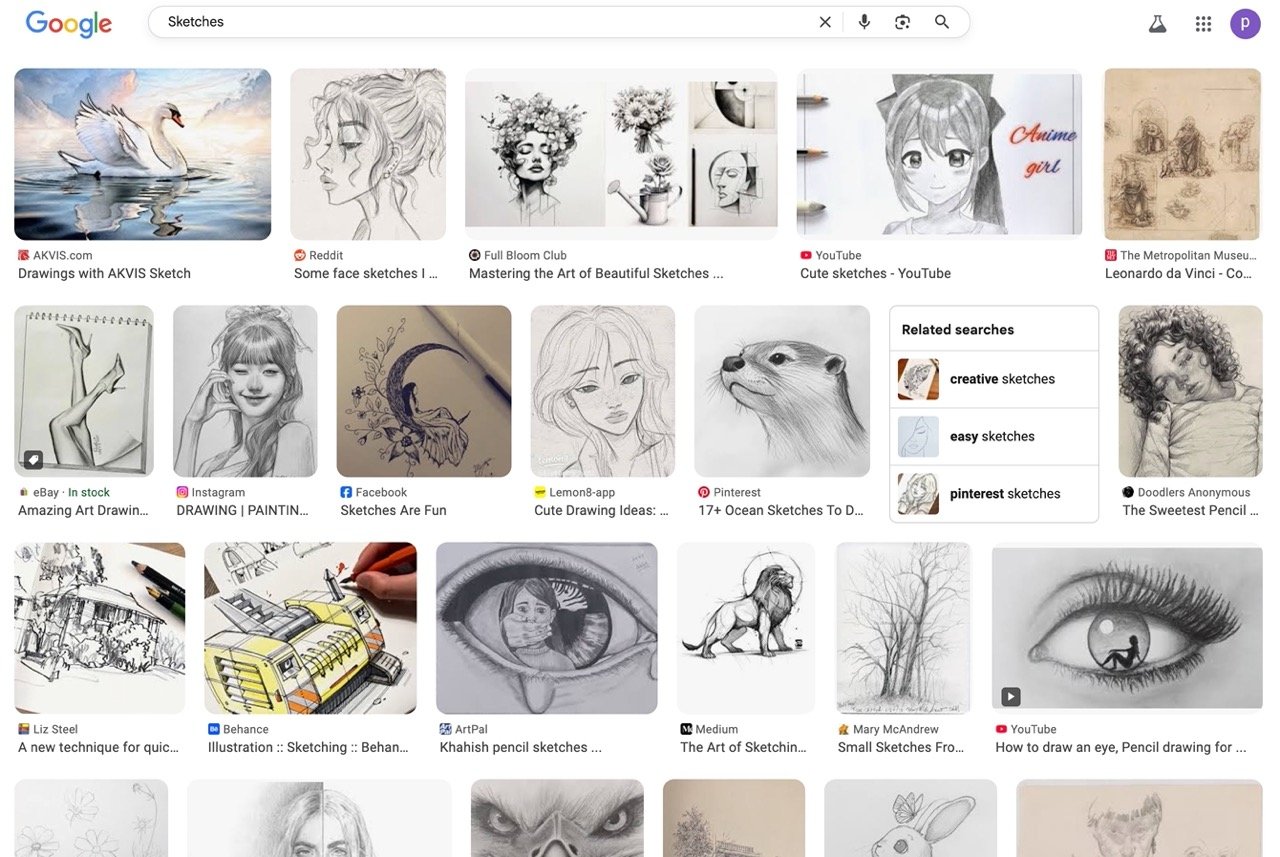
GOOGLE IMAGES
Leonardo da Vinci’s Notebooks
Visuals are key to understanding. We created a Google Image search for "Leonardo da Vinci’s Notebooks" to provide you with additional context and inspiring examples.
Leonardo’s sketchbooks weren’t just records—they were tools for experimentation. His visual thinking process continues to influence fields like biomimicry, robotics, and architecture.

Charles Darwin’s Field Notebooks
During his voyage on the HMS Beagle, Darwin kept meticulous field journals that documented his observations of geology, flora, fauna, and indigenous cultures. These sketchbooks were instrumental in developing his theory of natural selection.

GOOGLE IMAGES
Charles Darwin’s Field Notebooks
Visuals are key to understanding. We created a Google Image search for "Charles Darwin’s Field Notebooks" to provide you with additional context and inspiring examples.
Darwin’s use of sketches, maps, and comparative notes helped him synthesize vast amounts of data. His notebooks are a testament to the power of visual documentation in scientific discovery.
Nikola Tesla’s Engineering Sketches
Tesla’s notebooks were filled with schematics, calculations, and conceptual designs for electrical systems. His sketchbooks helped him visualize complex electromagnetic fields and prototype revolutionary inventions like the Tesla coil and wireless transmission.

GOOGLE IMAGES
Nikola Tesla’s Engineering Sketches
Visuals are key to understanding. We created a Google Image search for "Nikola Tesla’s Engineering Sketches" to provide you with additional context and inspiring examples.
Tesla’s ability to mentally simulate machines before drawing them made his sketchbooks a bridge between imagination and reality. They remain a source of inspiration for engineers and futurists.

Beatrix Potter’s Naturalist Journals
Before she became a beloved children’s author, Beatrix Potter was a skilled naturalist. Her sketchbooks contained detailed illustrations and notes on fungi, plants, and animals. She used them to study taxonomy and contribute to scientific research.

GOOGLE IMAGES
Beatrix Potter’s Naturalist Journals
Visuals are key to understanding. We created a Google Image search for "Beatrix Potter’s Naturalist Journals" to provide you with additional context and inspiring examples.
Potter’s journals demonstrate how observational drawing can deepen understanding of the natural world. Her work blurred the line between science and storytelling.

John James Audubon’s Ornithological Sketches
Audubon’s field journals were essential to his monumental work, The Birds of America. He combined scientific accuracy with expressive rendering, documenting bird species across North America.

GOOGLE IMAGES
John James Audubon’s Ornithological Sketches
Visuals are key to understanding. We created a Google Image search for "John James Audubon’s Ornithological Sketches" to provide you with additional context and inspiring examples.
His sketchbooks helped standardize ornithological study and influenced conservation efforts. They show how visual documentation can serve both scientific and cultural purposes.
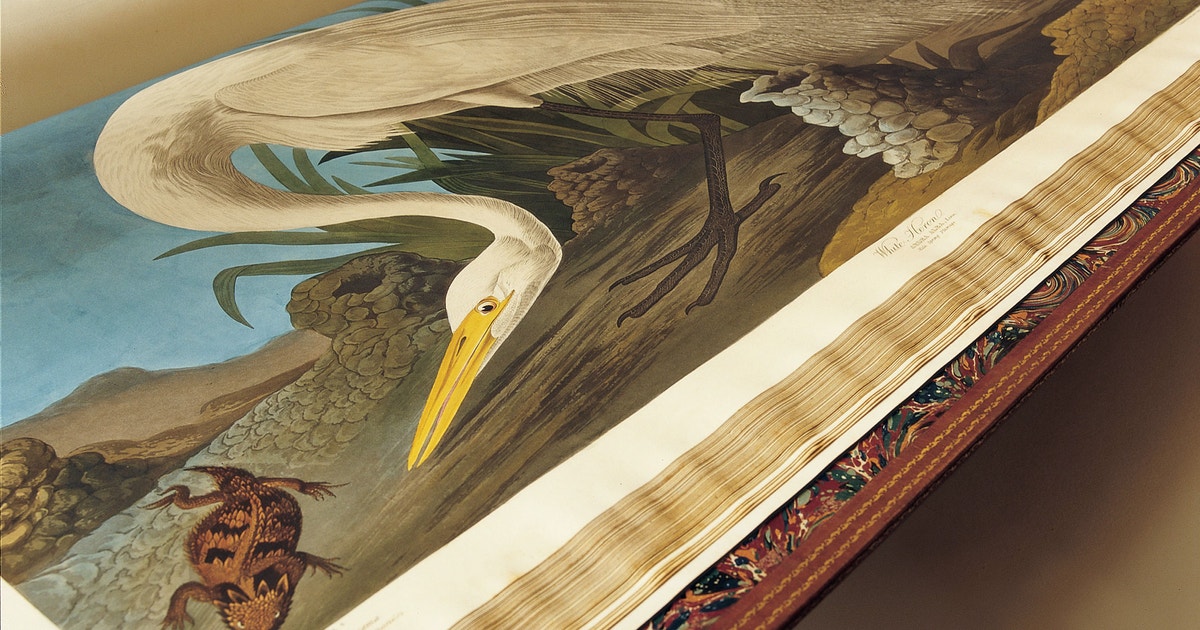
The Role of Sketchbooks in Innovation
Sketchbooks are often the birthplace of innovation. They allow for:
- Rapid ideation: Sketching helps externalize thoughts quickly.
- Problem-solving: Diagrams clarify complex systems.
- Documentation: Field notes preserve observations in real time.
- Iteration: Ideas evolve through repeated visual refinement.
In fields like architecture, medicine, and anthropology, sketchbooks remain essential tools. They foster interdisciplinary thinking and help bridge gaps between theory and practice.
How to Start Your Own Non-Art Sketchbook
You don’t need to be a scientist or inventor to keep a meaningful sketchbook. Here’s how to begin:
- Choose your purpose: Are you documenting nature, brainstorming inventions, or exploring ideas?
- Keep it messy: Don’t worry about perfection. Focus on clarity and curiosity.
- Mix media: Use diagrams, notes, maps, and even pasted clippings.
- Review often: Revisit old entries to spark new insights.
Whether you’re a gardener, coder, or traveler, a sketchbook can become your most powerful thinking tool.
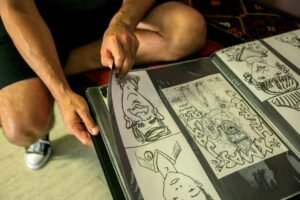
Sketchbooks.org | TIPS AND HACKS
Documenting Your Art Journey in a Sketchbook | From Concept to Canvas
Why Documenting Your Art Journey Matters From Spark to Mastery Capturing your artistic process—from first spark to final form—is more than a creative habit. It’s a gateway to growth, reflection, and mastery. A sketchbook isn’t...
Frequently Asked Questions
What is a non-art sketchbook used for?
It’s used to document ideas, observations, and processes—often in science, engineering, or exploration.
Are non-art sketchbooks still relevant today?
Absolutely. They’re widely used in fields like UX design, architecture, and field research.
Can anyone start a non-art sketchbook?
Yes. All you need is curiosity and a willingness to explore ideas visually.
What makes a sketchbook historically significant?
Its impact on innovation, discovery, or cultural understanding makes it iconic.
How did Leonardo da Vinci use his sketchbooks?
He used them to explore anatomy, mechanics, and philosophical questions through diagrams and notes.
Are Tesla’s sketches available to the public?
Many of Tesla’s engineering notebooks have been digitized and are accessible online.
What’s the difference between a journal and a sketchbook?
Journals focus on written reflection; sketchbooks emphasize visual thinking and ideation.
Can sketchbooks be used in digital formats?
Yes. Many professionals use tablets and apps to maintain digital sketchbooks.
How do sketchbooks help with problem-solving?
They allow for visual breakdowns of complex issues, making solutions easier to identify.
Are there famous sketchbooks in anthropology?
Yes. Field journals from early anthropologists often included sketches of tools, rituals, and environments.
Final Thoughts
Iconic non-art sketchbooks remind us that creativity is not confined to the canvas. From da Vinci’s mechanical musings to Darwin’s evolutionary insights, these journals shaped the way we understand the world. They’re proof that sketching is a universal language of thought—one that transcends disciplines and continues to drive progress.
Whether you’re documenting your garden, prototyping a new app, or exploring philosophical questions, your sketchbook could be the next to change history. So grab a pen, start sketching, and let your ideas unfold.
credit: ARCHIBLOG
Ready to Share Your Work?
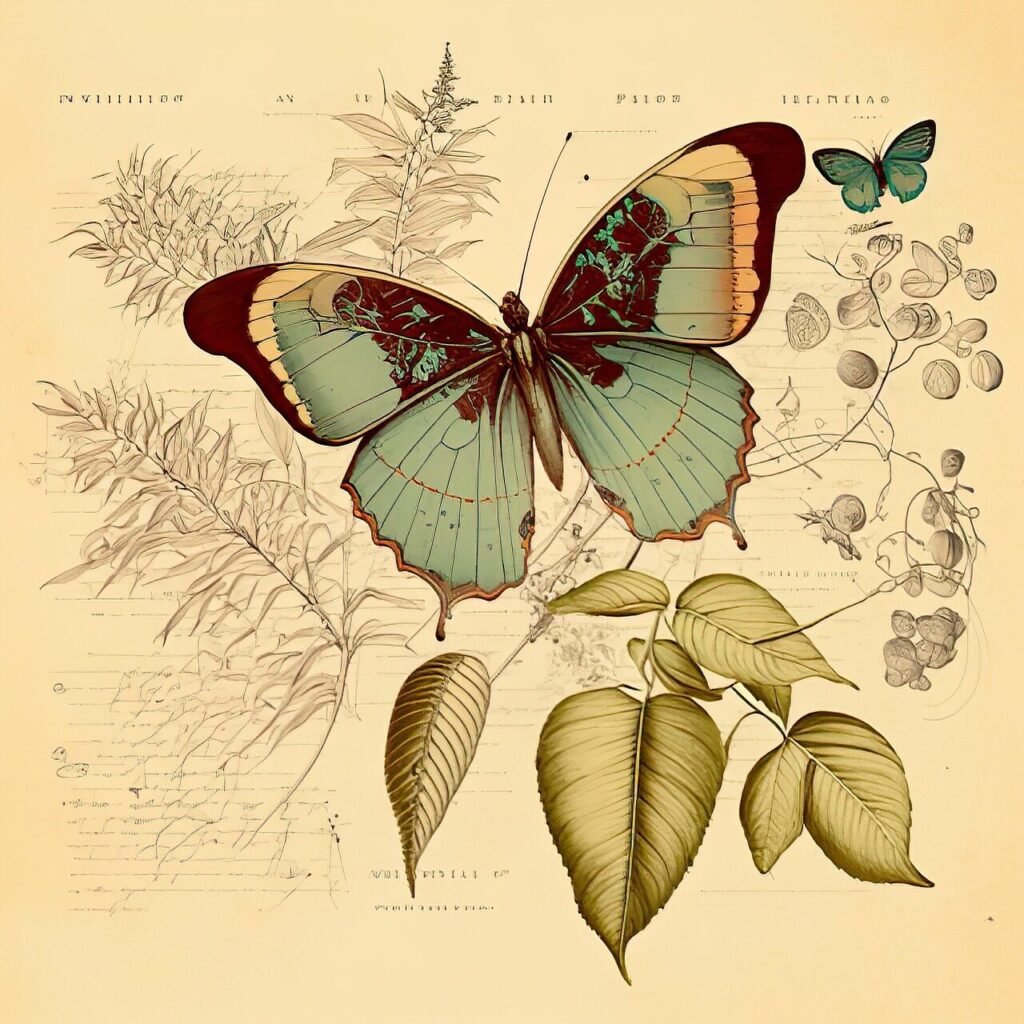

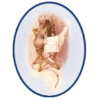
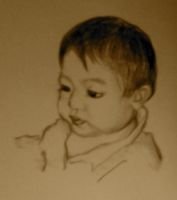

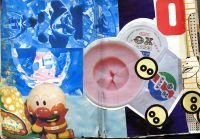

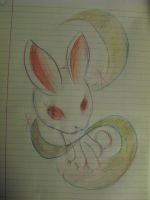
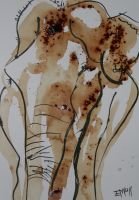
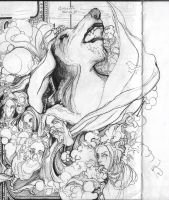
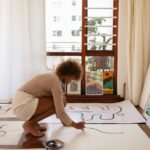


My shopping list sometimes becomes a non-art sketchpad.